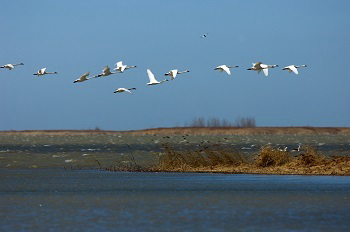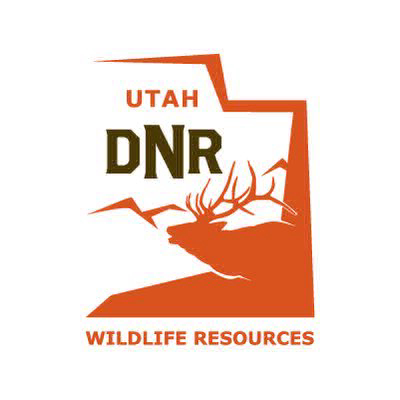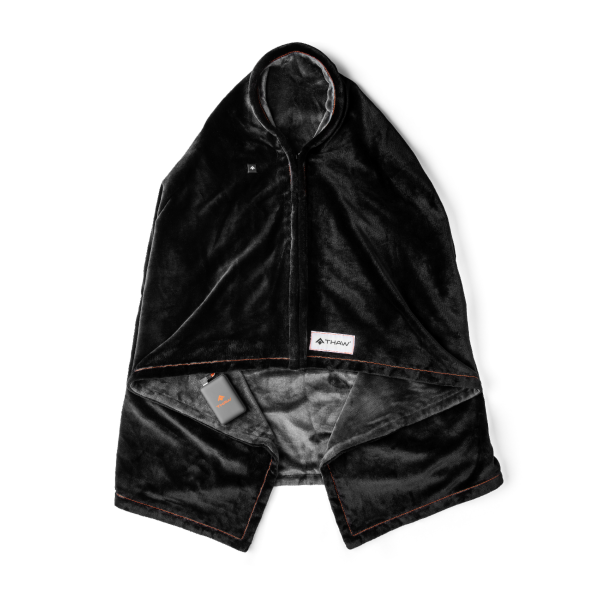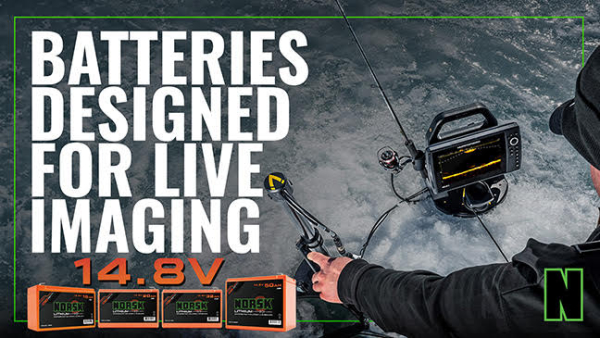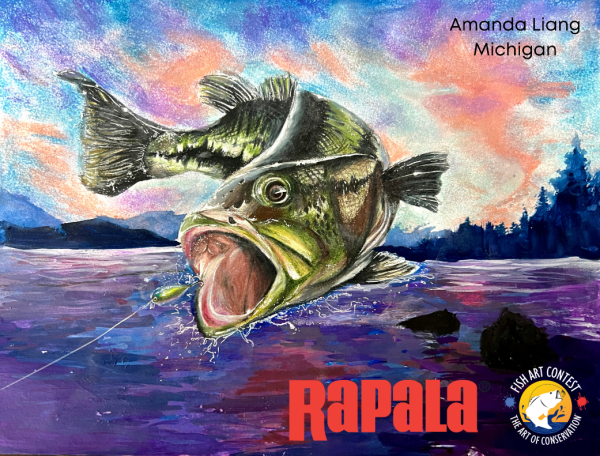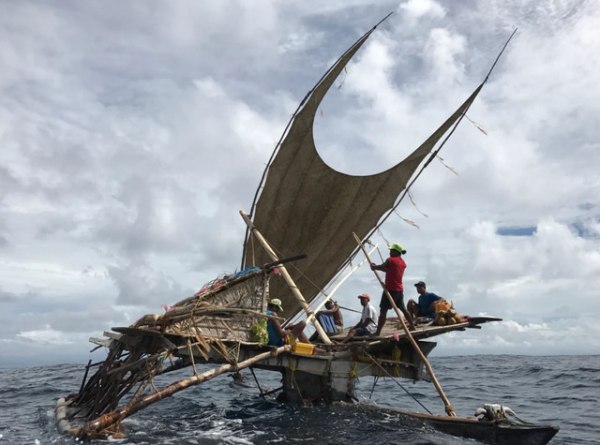Return ‘Em Right Best Release Practices Manual for Recreational Anglers Now Available
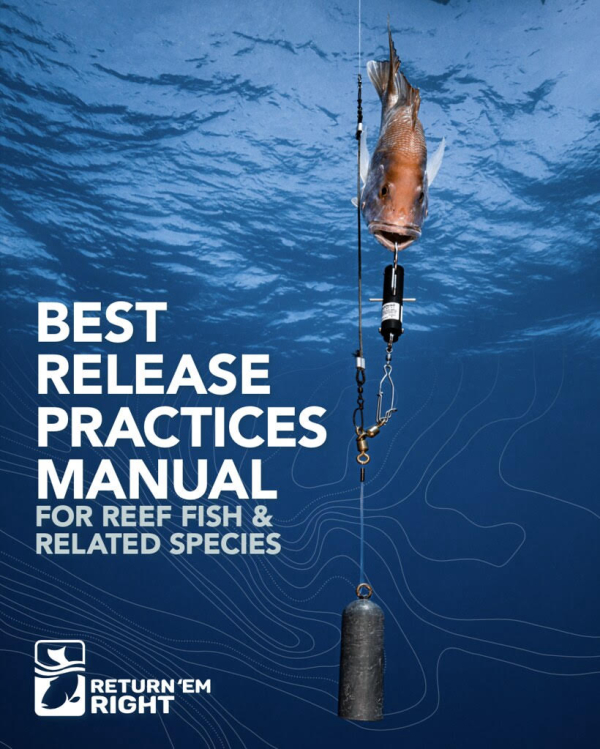
The Return ‘Em Right Best Release Practices Manual, developed in collaboration with private anglers, captains, scientists and fisheries managers, will help anglers improve the survival of reef fish that are caught and released.
Each year, millions of reef fish are caught and released, and many die from the impacts of barotrauma. Barotrauma is a pressure-related injury fish experience when reeled up from depth. These dead discards negatively impact the health of the fisheries. Anglers have the ability to reduce mortality of released fish by learning and using best practices to support the fishery, the objective of the Return ‘Em Right program.
“Research shows using best release practices can dramatically increase the survival of reef fish. This manual is yet another tool anglers can add to their tacklebox,” said Dr. Marcus Drymon, Marine Fisheries Specialist, Mississippi State University, Mississippi-Alabama Sea Grant.
In December of 2021, key experts from the recreational fishing community identified the best strategies to reduce mortality of released reef fish at a two-day workshop. The manual, a product of this workshop, guides recreational anglers through choices they make during a fishing trip to maximize the chances of fish surviving release. Read more


